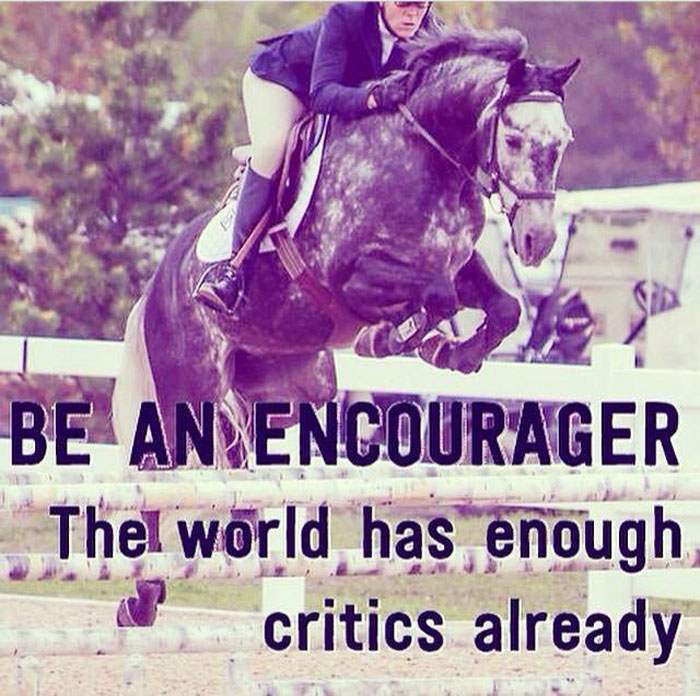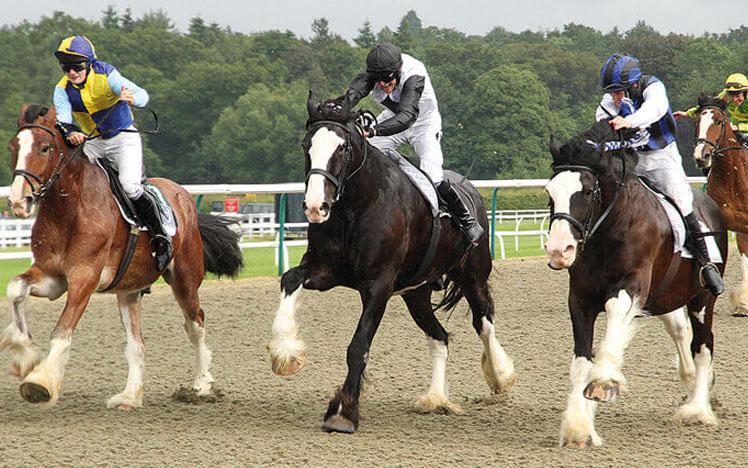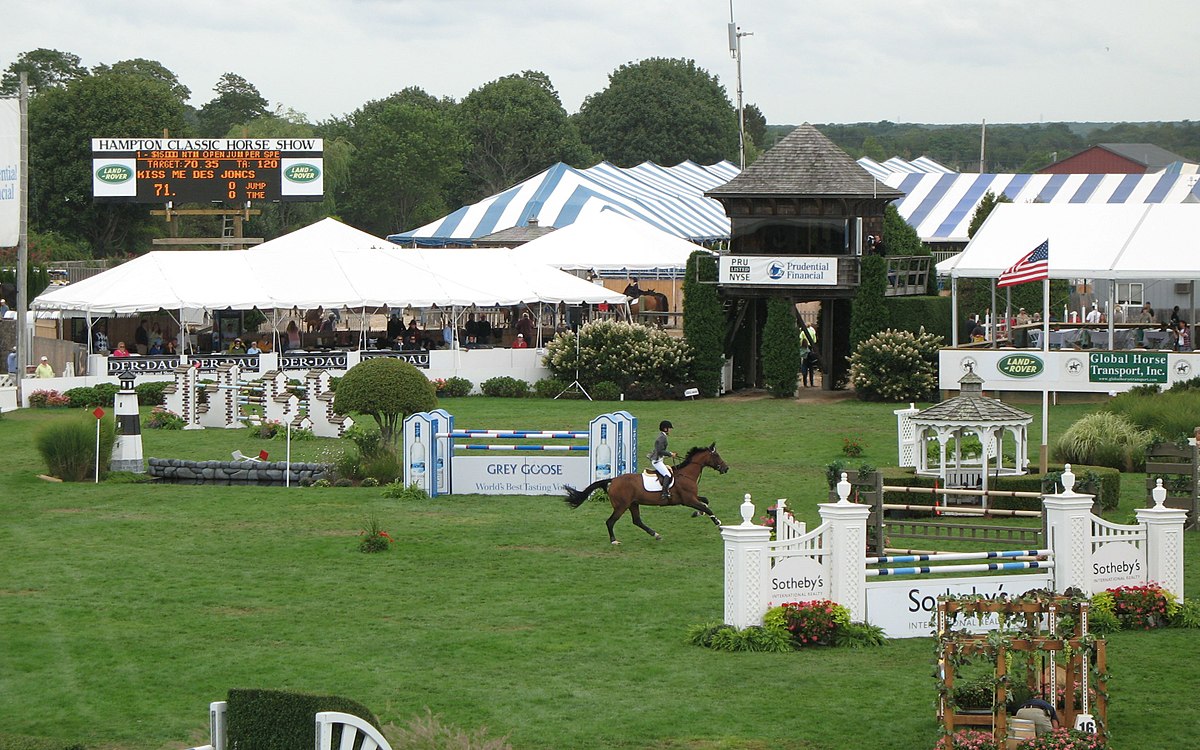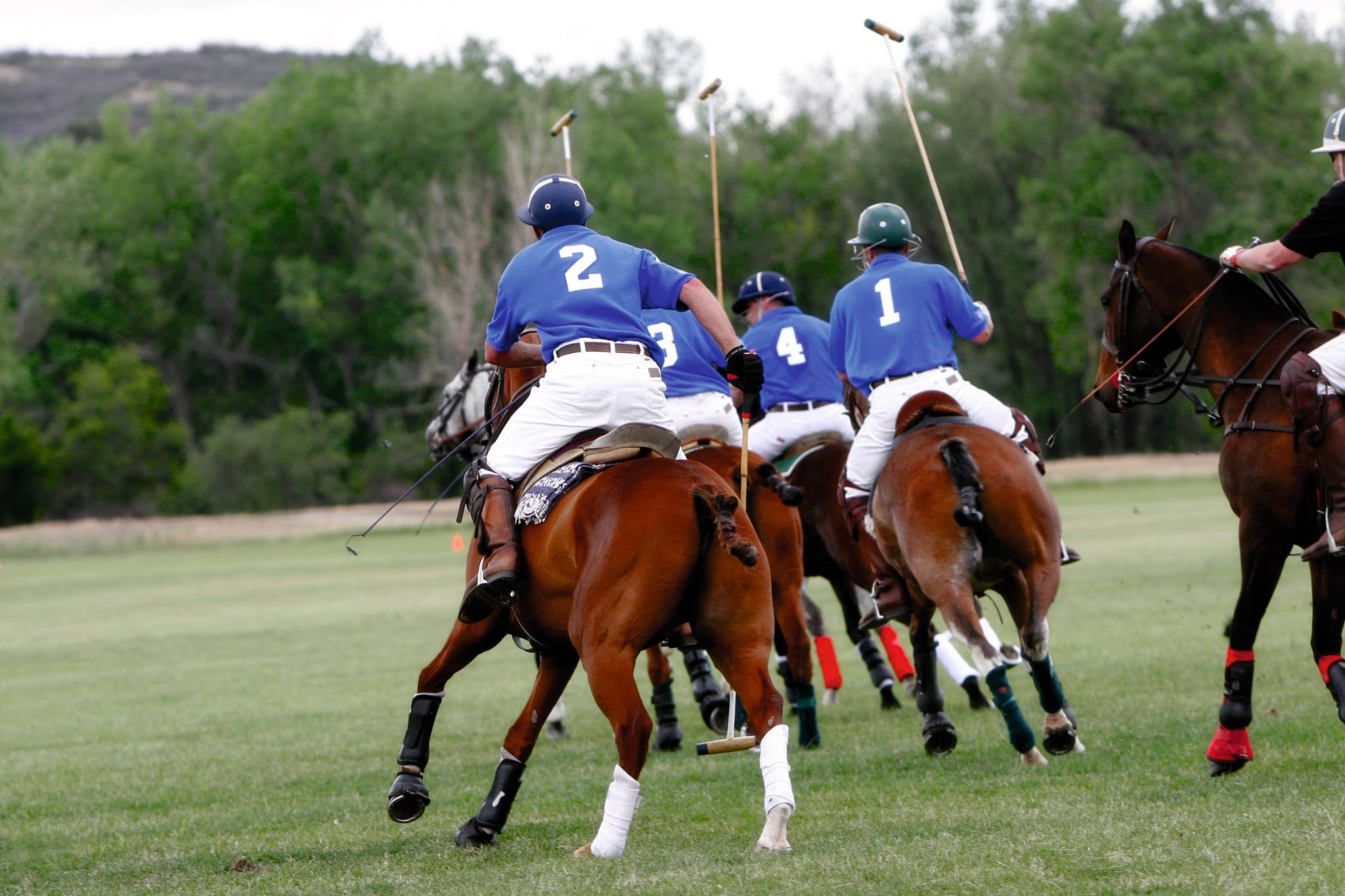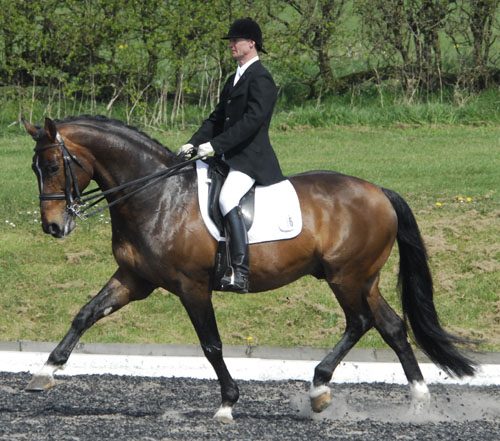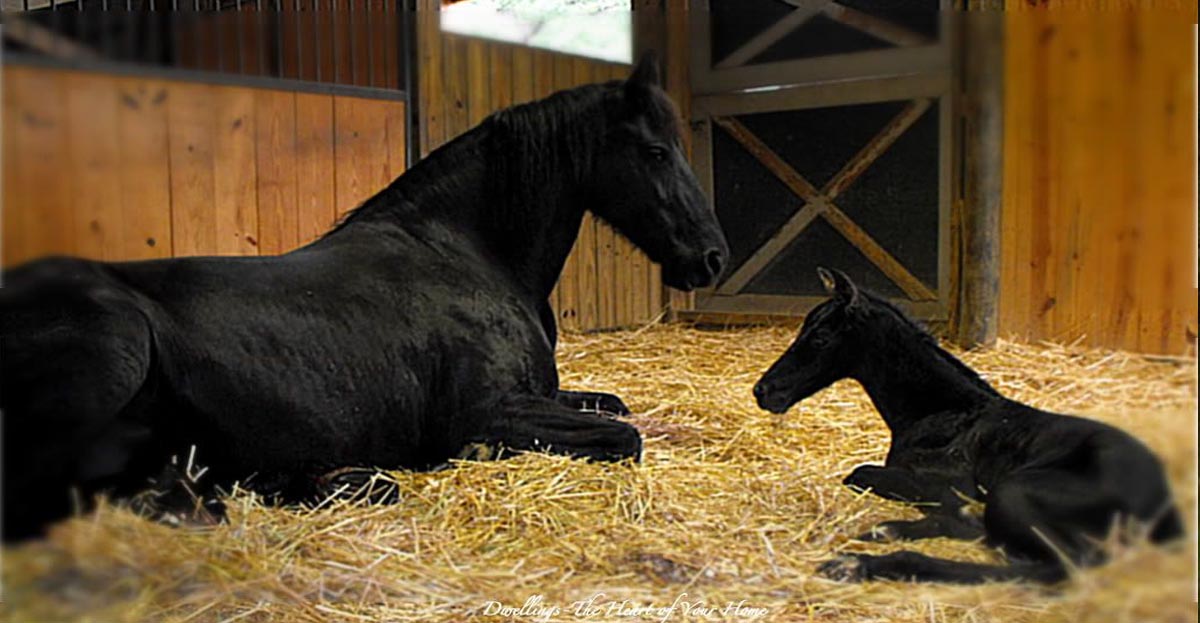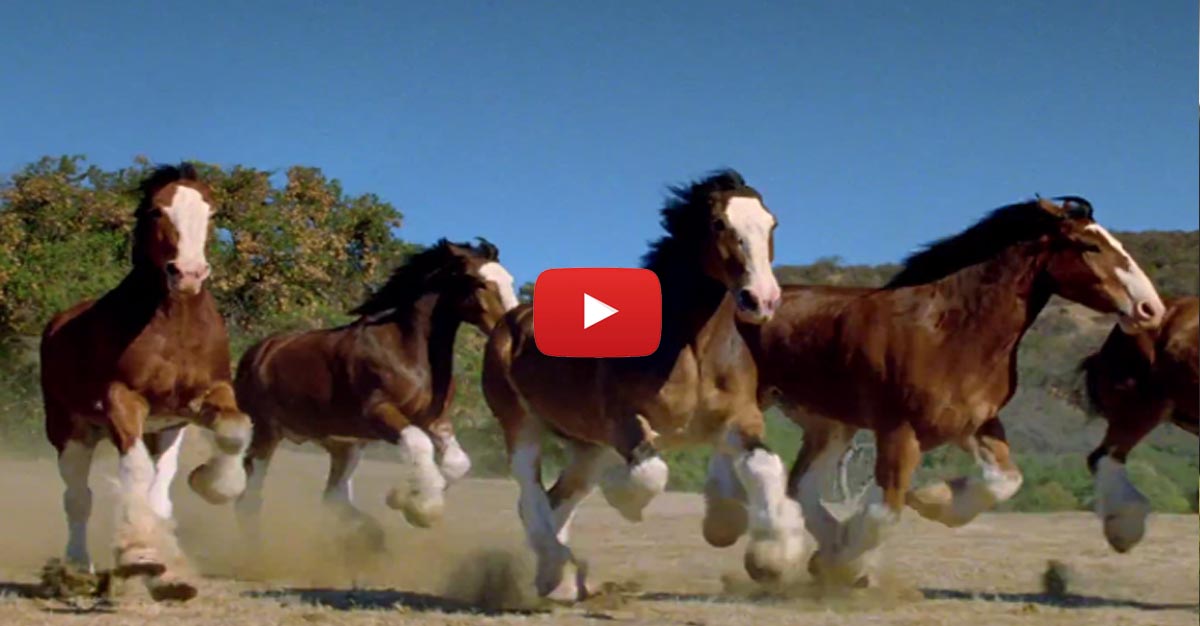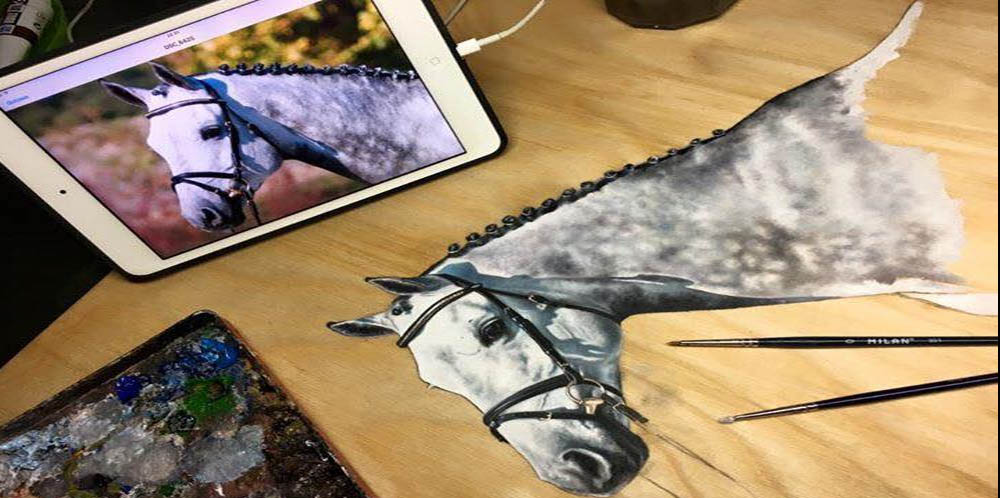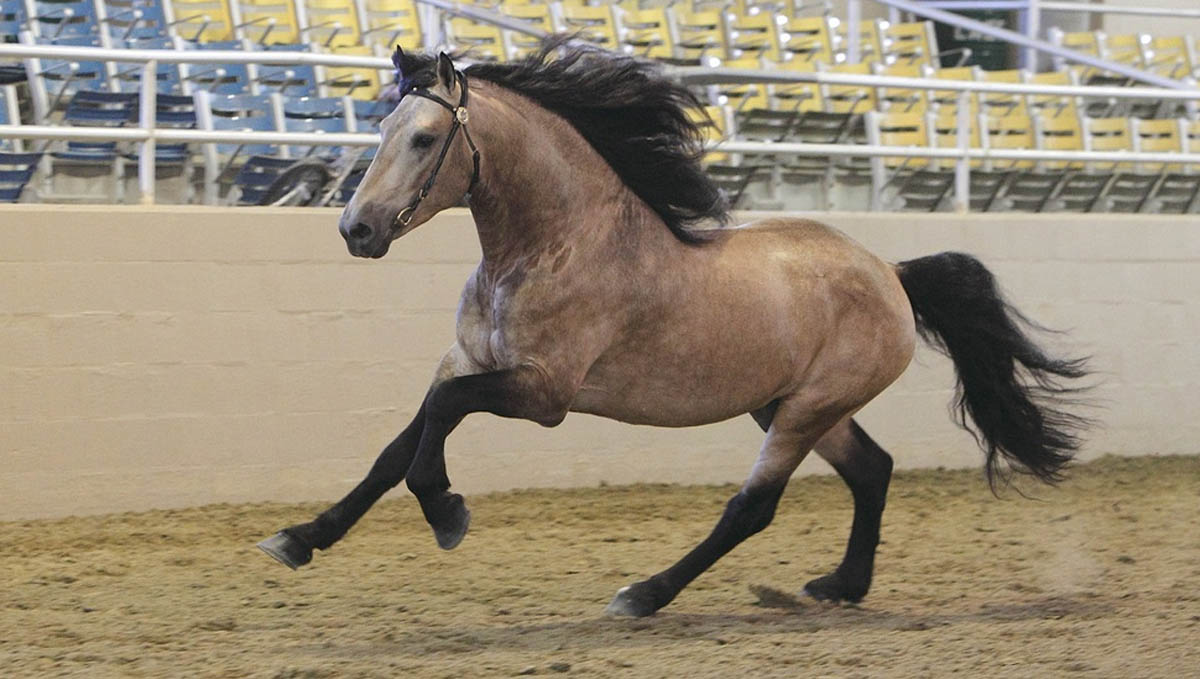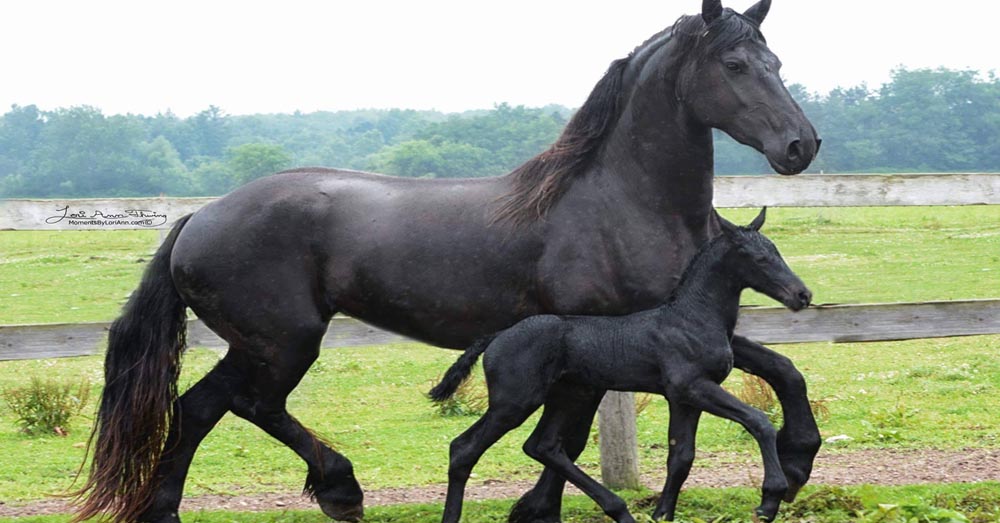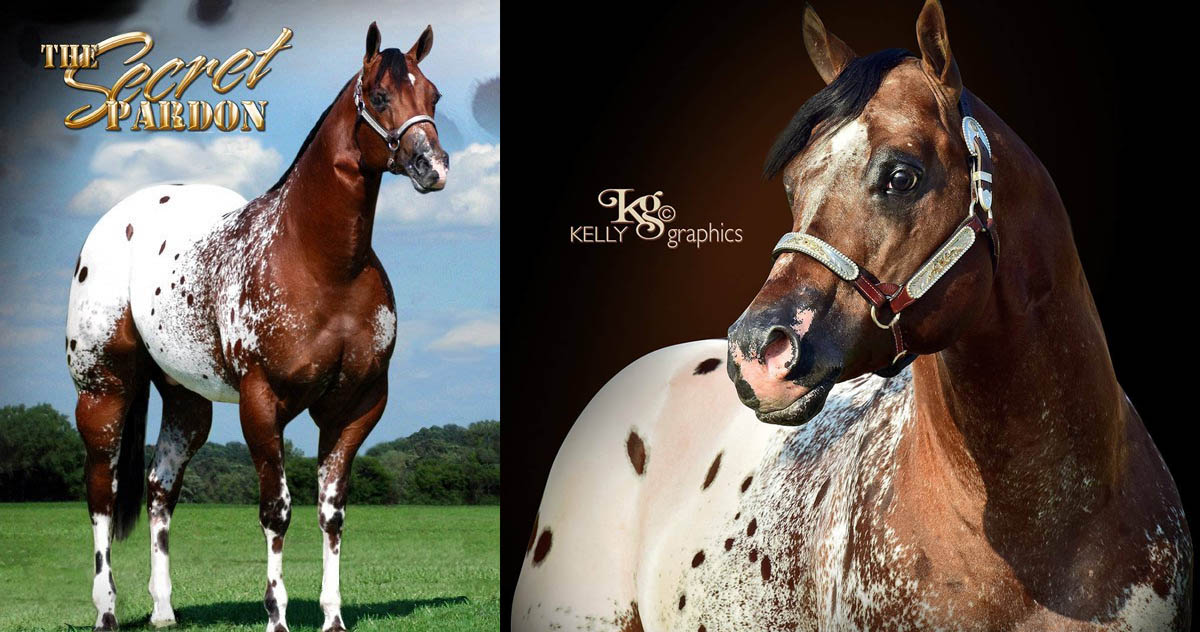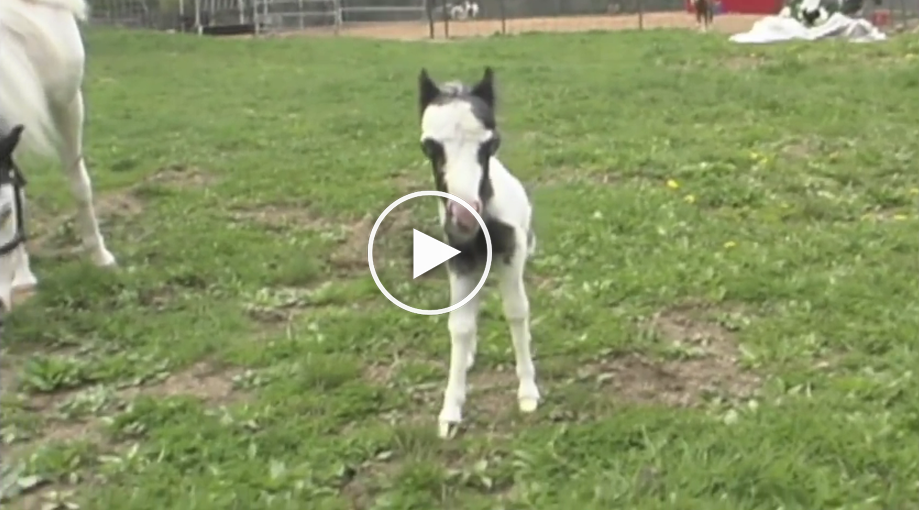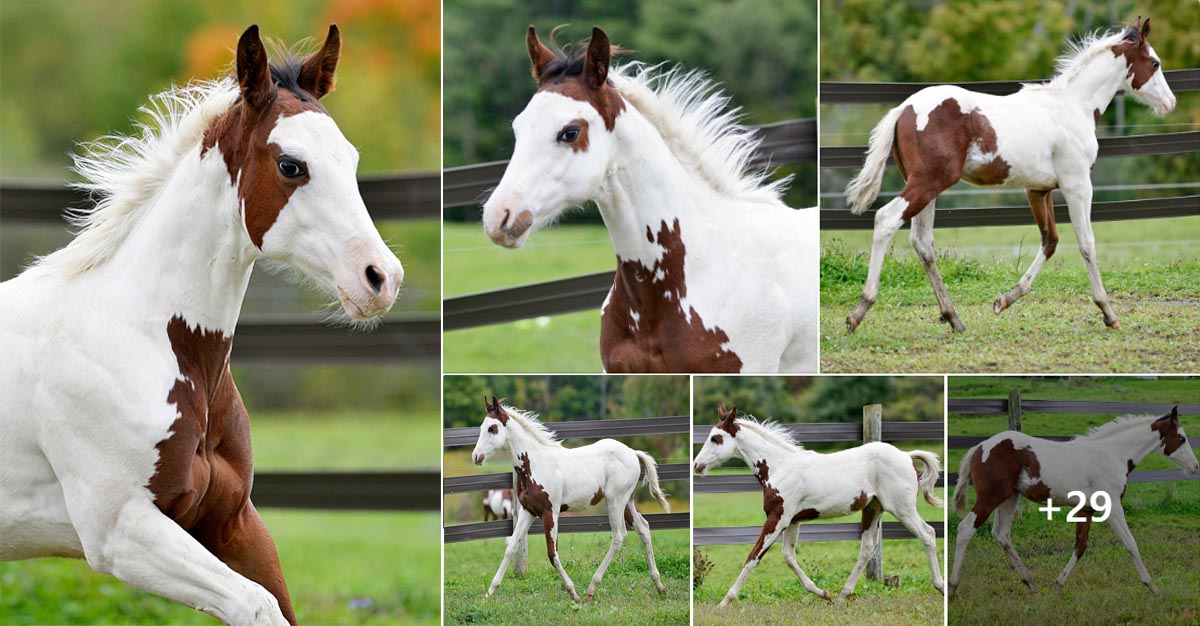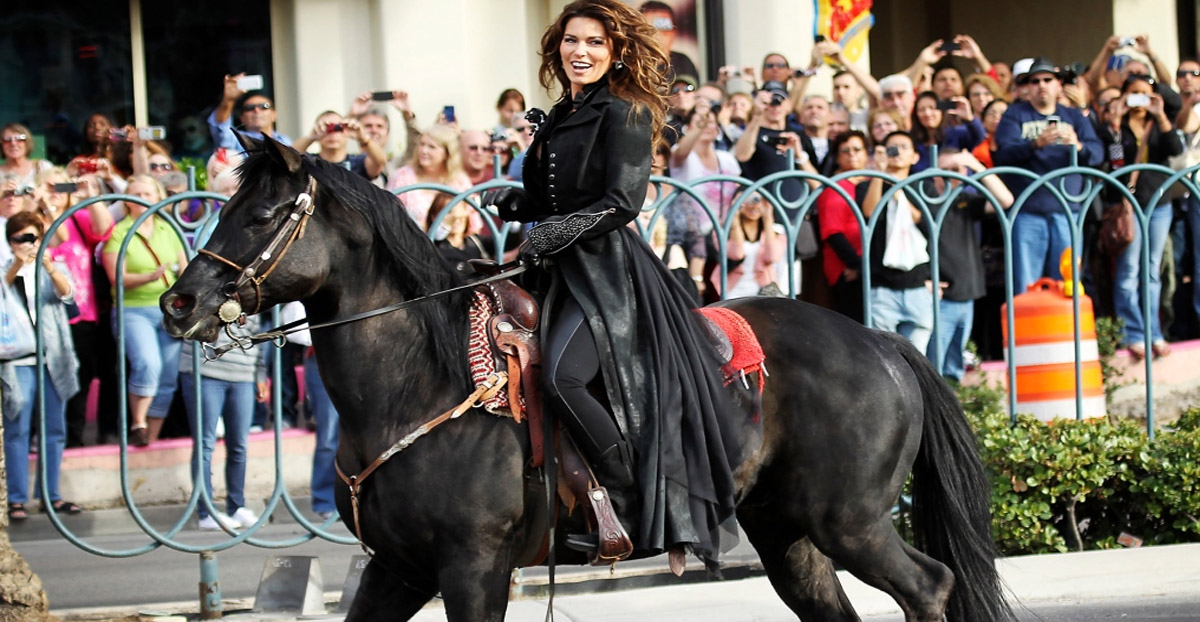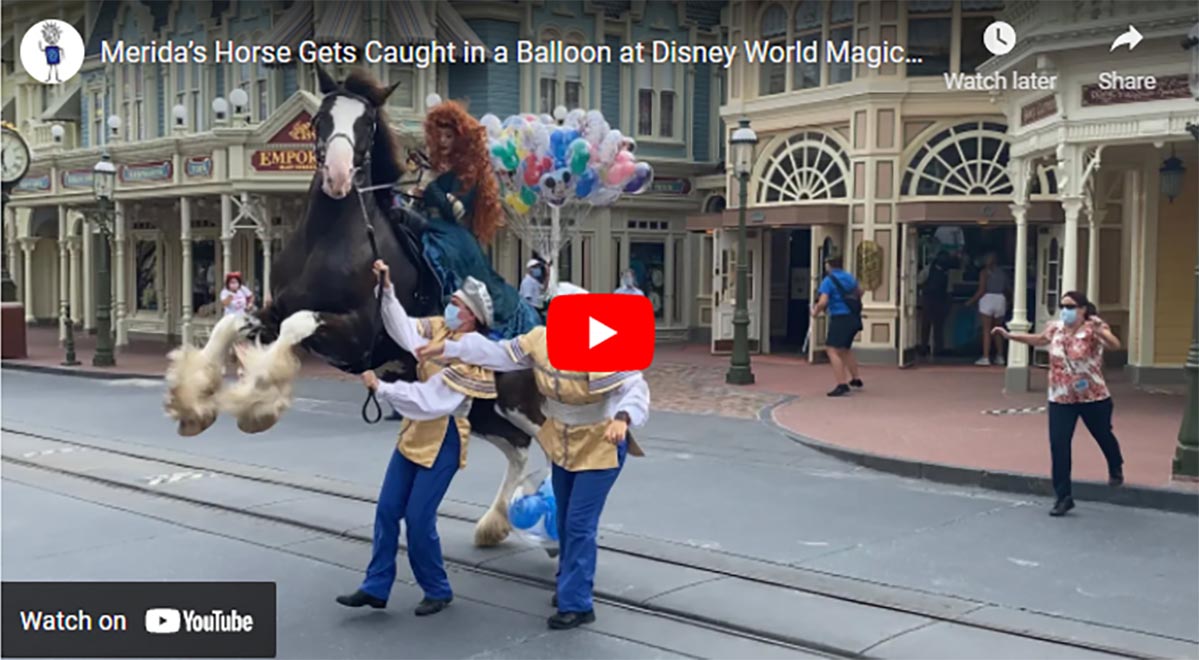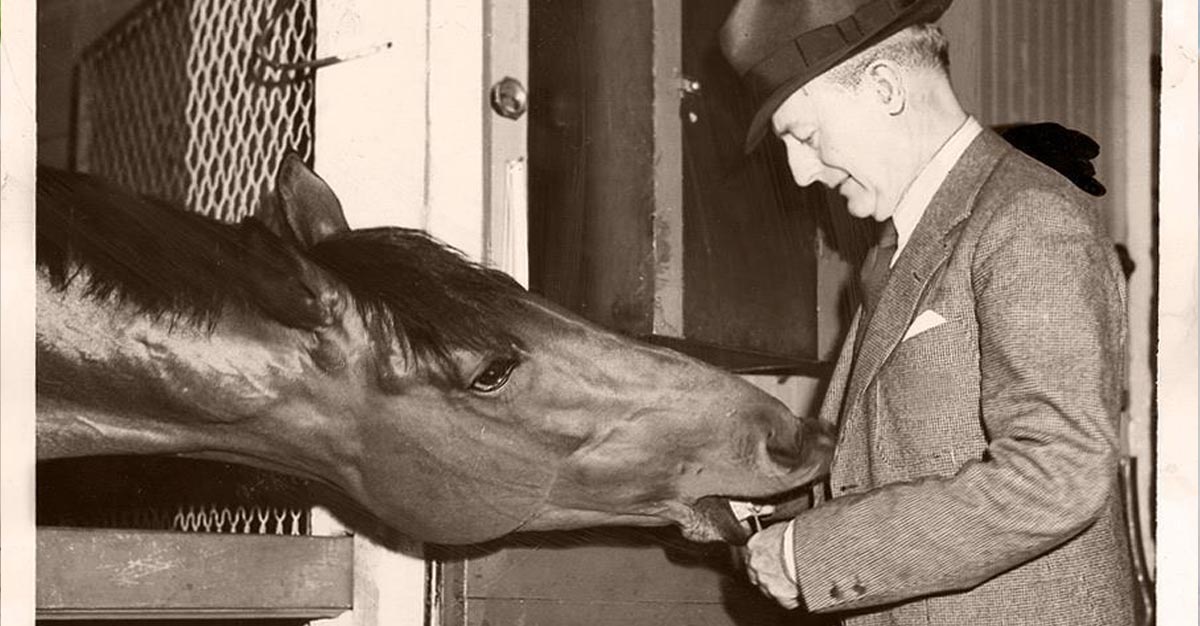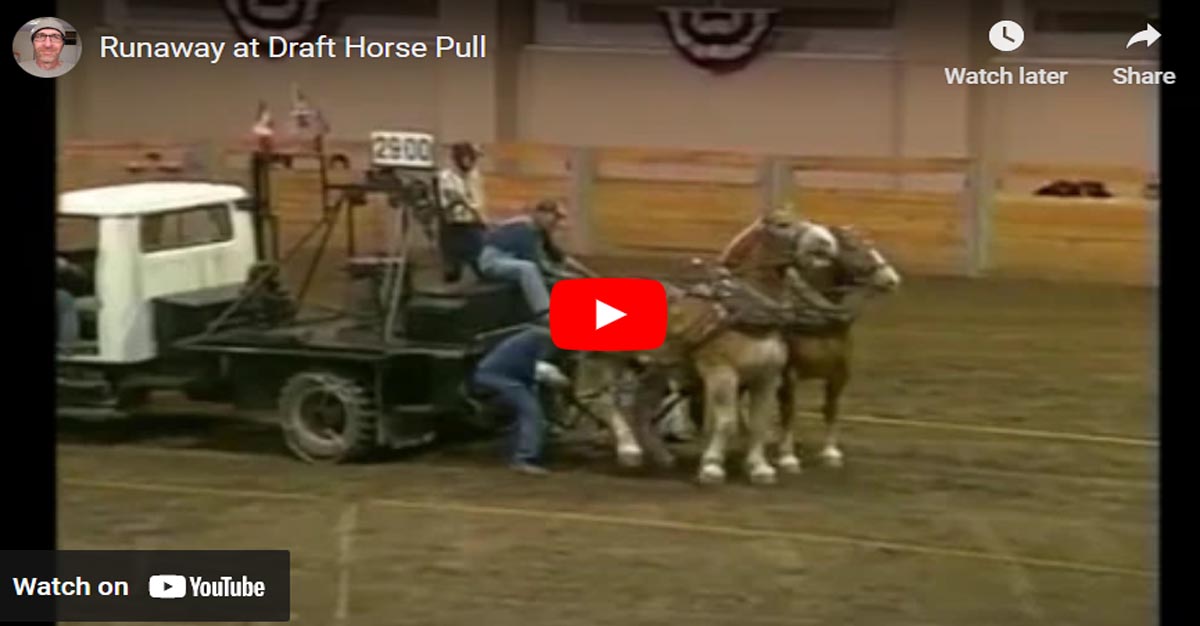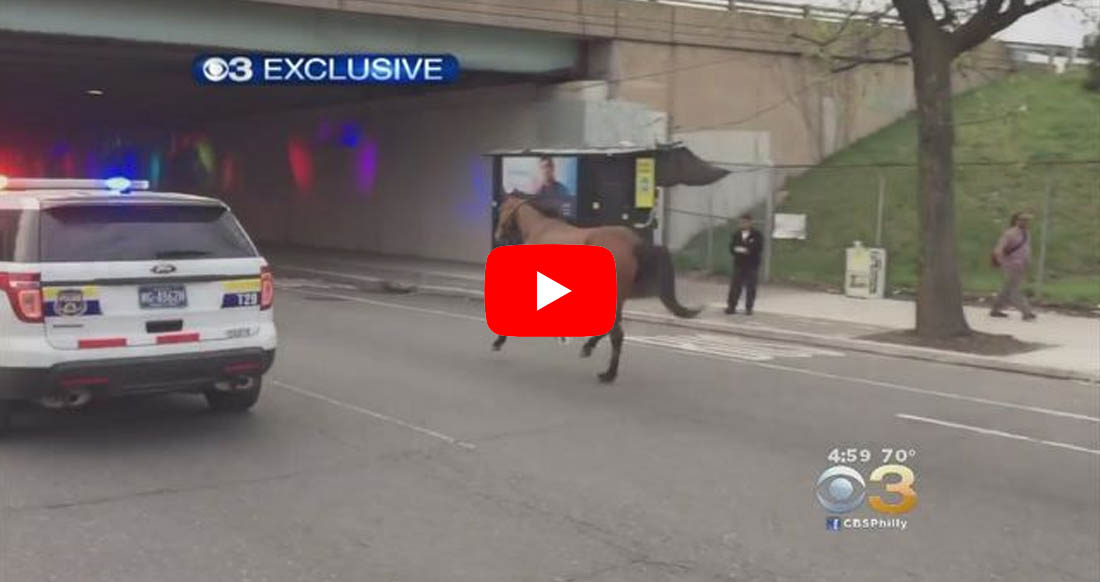Gabriele Pina
Gabriele Pina - Italy - Showjumping Rider / An international showjumper, horses competed by Gabriele Pina includes Casper La Riviera, Cento LInus and Stuck On Blue


What does a horse`s foot have in common with a NikeŽ running shoe? A lot, according to Dr. Robert Bowker, an associate professor in the College of Veterinary Medicine`s Department of Anatomy at Michigan State University.
Bowker has put together a new picture of equine foot physiology that suggests vascular systems in the horse foot functions in much the same way that air or gel filled running shoes do.
"Moving liquids are the best way to dissipate energy," he said. "that is why some of the major running shoe manufacturers market products that contain liquids in their soles."
Bowker has theorized a "hemodynamic flow" process in which he proposes that much of the blood in horse feet fulfills purposes other than providing nutrients to hoof tissues.
"It dissipates energy within feet that is created during the act of galloping, trotting or walking," he: said. Currently, equine foot physiology researchers subscribe to one of two anatomical theories -- pressure theory or depression theory--which are, in many respects, mirror images of each other.
"Pressure theory says that when the hoof hits the ground, the pressure of the impact hits the frog of the hoof; which causes the back part of the foot to move outward," Bowker said.
Depression theory suggests that when impact on the ground occurs, the pastern descends and depresses the digital cushion inside the hoof. "According to both theories, these actions push hoof cartilage to the outside, with the digital cushion absorbing the energy," he said. Both theories state that blood is pumped from the hoof at impact.
Yet both theories share a single problem. Researchers who attempt to duplicate depression or pressure theory in the lab or on live horses are unable to do so.
Problems arise when researchers attempt to account for how the energy of the hoof`s impact with the ground is dissipated "The digital cushion is made of soft, elastic tissue and acts like a spring," said Bowker. "So for every action, we would expect a reaction of equal force."
Yet when researchers put energy measurement devices into digital cushions, that does not happen. "When the hoof is in the air, it registers zero pressure," he said. "But when It hits the ground, instead of registering positive pressure, it is actually negative".
Bowker`s hemodynamic flow hypothesis suggests this negative pressure is actually created by the outward movement of the hoof cartilage. This movement creates a vacuum action that sucks blood from beneath the coffin into the rear portion of the hoof.
"As the blood moves to the rear of the hoof through microvessels in the lateral hoof cartilage, it dissipates the energy caused by its impact on the ground, much like fluid-filled running shoes do," he said.
In developing this new theory, Bowker observed that horses with good feet have more blood vessels in the lateral cartilage of their hooves than those that had histories of foot problems.
Additionally, blood vessels in healthier animals were located inside the lateral cartilage of the hoof, and the digital cushion on these animals tended to he made of cartilaginous material instead of elastic tissue.
Bowker`s theory not only proposes a new physiology for horse feet, he also suggests some of the more widely held views in the equine industry should be revised or, at least, reexamined.
For example, he presents a wholly different view of the horse foot that sees it as very responsive and adaptable to ground impact. Stimulation of the internal foot structures will result in the development of more efficient ways to dissipate energy and support the horse`s weight, he believes.
It also suggests horses with navicular disease may not need to be put down and that hoof trimming techniques might need to be reviewed. "We need to be trimming hooves so that more of the back part of the foot--- including the frog--bears the initial ground impact forces and weight," Bowker stated.
He has been working with Gene Ovnicek, a farrier from Montana, and Dr.Barbara page, a veterinarian in Colorado who are putting some of these principles into practice.
They are trimming the feet so that the breakover is much shorter and the frog and back part of the feet support a lot of the weight of the horse. These farrier techniques seem to encourage development of tissues that dissipate more energy when hooves hit the ground.
"If hooves are trimmed so that the frog rests on the ground," Bowker said, "it stimulates the back part of the hoof to grow more fibrous and cartilaginous digital cushions, which appear to be `protective` of the more chronic foot problems.
Conversely, with digital cushions constructed of only elastic and fatty tissues, with little or no fibrocartilage, the ground impact energy is transmitted to foot bones and ligaments, resulting in internal foot problems, such as navicular disease.
Across most of the breeds examined, environmental (i.e. nongenetic) factors seem to be a major contribution to the development of the internal tissues of the back part of the foot, Bowker said.
Some of these factors include the frog resting on the ground, husbandry of the horse, trimming and shoeing methods, and so forth. "Horse feet with good environmental stimulation of the back part of the foot, the digital cushion, and the lateral cartilage will respond by becoming more robust structures to dissipate the initial impact energies and provide better support for the horse when the horse is standing," he said.
In those horses that do not have good environmental stimulation of the back part of the foot (for example, a trimmed or recessed frog, rather than one resting on the ground), regardless of the breed, the internal tissues of the back part of the foot will he underdeveloped, which will lead to internal foot problems such as navicular syndrome," according to Bowker.
"We can develop trimming and shoeing methods that can stimulate the back part of the foot---much like physical therapy in the back part of the foot, which will stimulate the internal tissue`s of the foot--to provide a more efficient system of energy dissipation and provide better support for the weight of the horse" he said.
Bowker firmly believes that as we begin to understand internal foot biology, we will be able to decrease the incidence of navicular-type and other foot diseases.
16hh 6 year old bay gelding by Rubikel. Very easy to ride with three good paces. Imported from Holland November 2009 and has been placed in top three every time out. Achieving scores upwards of 68%. This young horse would be ideal for young rider £9000
A perfect schoolmaster. Cossack has hunted and done all RC activities. works in an outline. Snaffle mouth and perfect in traffic. Great to teach a novice rider as he will give total confidence. SOLD
https://www.cmechorsesforsale.com






Gabriele Dickmann
New theory may help avoid foot problemsWhat does a horse`s foot have in common with a NikeŽ running shoe? A lot, according to Dr. Robert Bowker, an associate professor in the College of Veterinary Medicine`s Department of Anatomy at Michigan State University.
Bowker has put together a new picture of equine foot physiology that suggests vascular systems in the horse foot functions in much the same way that air or gel filled running shoes do.
"Moving liquids are the best way to dissipate energy," he said. "that is why some of the major running shoe manufacturers market products that contain liquids in their soles."
Bowker has theorized a "hemodynamic flow" process in which he proposes that much of the blood in horse feet fulfills purposes other than providing nutrients to hoof tissues.
"It dissipates energy within feet that is created during the act of galloping, trotting or walking," he: said. Currently, equine foot physiology researchers subscribe to one of two anatomical theories -- pressure theory or depression theory--which are, in many respects, mirror images of each other.
"Pressure theory says that when the hoof hits the ground, the pressure of the impact hits the frog of the hoof; which causes the back part of the foot to move outward," Bowker said.
Depression theory suggests that when impact on the ground occurs, the pastern descends and depresses the digital cushion inside the hoof. "According to both theories, these actions push hoof cartilage to the outside, with the digital cushion absorbing the energy," he said. Both theories state that blood is pumped from the hoof at impact.
Yet both theories share a single problem. Researchers who attempt to duplicate depression or pressure theory in the lab or on live horses are unable to do so.
Problems arise when researchers attempt to account for how the energy of the hoof`s impact with the ground is dissipated "The digital cushion is made of soft, elastic tissue and acts like a spring," said Bowker. "So for every action, we would expect a reaction of equal force."
Yet when researchers put energy measurement devices into digital cushions, that does not happen. "When the hoof is in the air, it registers zero pressure," he said. "But when It hits the ground, instead of registering positive pressure, it is actually negative".
Bowker`s hemodynamic flow hypothesis suggests this negative pressure is actually created by the outward movement of the hoof cartilage. This movement creates a vacuum action that sucks blood from beneath the coffin into the rear portion of the hoof.
"As the blood moves to the rear of the hoof through microvessels in the lateral hoof cartilage, it dissipates the energy caused by its impact on the ground, much like fluid-filled running shoes do," he said.
In developing this new theory, Bowker observed that horses with good feet have more blood vessels in the lateral cartilage of their hooves than those that had histories of foot problems.
Additionally, blood vessels in healthier animals were located inside the lateral cartilage of the hoof, and the digital cushion on these animals tended to he made of cartilaginous material instead of elastic tissue.
Bowker`s theory not only proposes a new physiology for horse feet, he also suggests some of the more widely held views in the equine industry should be revised or, at least, reexamined.
For example, he presents a wholly different view of the horse foot that sees it as very responsive and adaptable to ground impact. Stimulation of the internal foot structures will result in the development of more efficient ways to dissipate energy and support the horse`s weight, he believes.
It also suggests horses with navicular disease may not need to be put down and that hoof trimming techniques might need to be reviewed. "We need to be trimming hooves so that more of the back part of the foot--- including the frog--bears the initial ground impact forces and weight," Bowker stated.
He has been working with Gene Ovnicek, a farrier from Montana, and Dr.Barbara page, a veterinarian in Colorado who are putting some of these principles into practice.
They are trimming the feet so that the breakover is much shorter and the frog and back part of the feet support a lot of the weight of the horse. These farrier techniques seem to encourage development of tissues that dissipate more energy when hooves hit the ground.
"If hooves are trimmed so that the frog rests on the ground," Bowker said, "it stimulates the back part of the hoof to grow more fibrous and cartilaginous digital cushions, which appear to be `protective` of the more chronic foot problems.
Conversely, with digital cushions constructed of only elastic and fatty tissues, with little or no fibrocartilage, the ground impact energy is transmitted to foot bones and ligaments, resulting in internal foot problems, such as navicular disease.
Across most of the breeds examined, environmental (i.e. nongenetic) factors seem to be a major contribution to the development of the internal tissues of the back part of the foot, Bowker said.
Some of these factors include the frog resting on the ground, husbandry of the horse, trimming and shoeing methods, and so forth. "Horse feet with good environmental stimulation of the back part of the foot, the digital cushion, and the lateral cartilage will respond by becoming more robust structures to dissipate the initial impact energies and provide better support for the horse when the horse is standing," he said.
In those horses that do not have good environmental stimulation of the back part of the foot (for example, a trimmed or recessed frog, rather than one resting on the ground), regardless of the breed, the internal tissues of the back part of the foot will he underdeveloped, which will lead to internal foot problems such as navicular syndrome," according to Bowker.
"We can develop trimming and shoeing methods that can stimulate the back part of the foot---much like physical therapy in the back part of the foot, which will stimulate the internal tissue`s of the foot--to provide a more efficient system of energy dissipation and provide better support for the weight of the horse" he said.
Bowker firmly believes that as we begin to understand internal foot biology, we will be able to decrease the incidence of navicular-type and other foot diseases.
Gabriele Zanin
Gabriele Zanin - Italy - Endurance Rider
Gabriele Postiglioni
Gabriele Postiglioni - Italy - Eventing RiderGabriele Sirvinskaite
Gabriele Sirvinskaite - Lithuania - Endurance RiderGabriele Hort - Scholz
Gabriele Hort - Scholz - Germany16hh 6 year old bay gelding by Rubikel. Very easy to ride with three good paces. Imported from Holland November 2009 and has been placed in top three every time out. Achieving scores upwards of 68%. This young horse would be ideal for young rider £9000
A perfect schoolmaster. Cossack has hunted and done all RC activities. works in an outline. Snaffle mouth and perfect in traffic. Great to teach a novice rider as he will give total confidence. SOLD
https://www.cmechorsesforsale.com
Gabriele Manhart
Gabriele Manhart - GermanyGabriele Jacobi
Gabriele Jacobi - Germany - Endurance RiderGabriele Fries
Gabriele Fries is a showjumping rider Austria who competes internationally with a number of horses including Catwick, Libertyhill 4 and Nikita 457. Below you can watch Gabriele Fries in action with Catwick. Catwick is a westfalian bred sport horse sired by Cornado Nrw out of the mare Grandiana who is a daughter of Gralshuter.
Gabriele Braun
Gabriele Braun - Austria - Endurance RiderGabriele Auer
Gabriele Auer - Austria - Showjumping RiderGabriele Borowicz
Gabriele Borowicz - Germany - Endurance Rider
Gabriele Ceola
Gabriele Ceola - Italy - Showjumping RiderGabriele Mateikaite
Gabriele Mateikaite - Lithuania - Endurance Rider
Gabriele Felappi
Gabriele Felappi - Italy - Endurance RiderGabriele Dominauskaite
Gabriele Dominauskaite - Lithuania - Showjumping RiderGabriele Gallina
Gabriele Gallina - Italy - Showjumping RiderGabriele Savoini
Gabriele Savoini - Italy - Eventing RidersGabriele Grassi
Gabriele Grassi - Italy - Showjumping Rider



